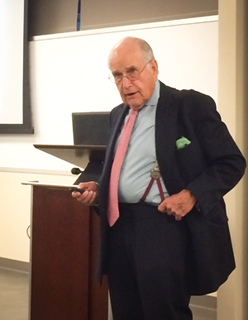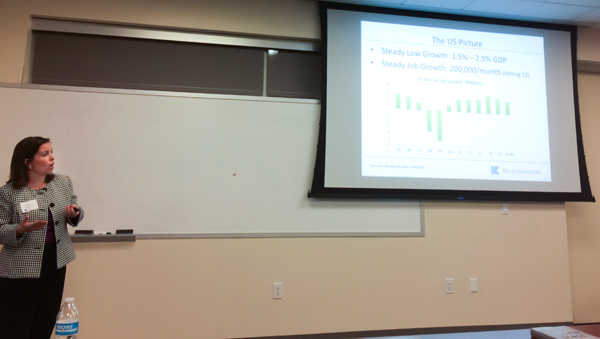The following article was authored by Scott Braddock and originally published on Construction Citizen.
 Leaders in the commercial construction industry in Houston have a lot to be thankful for despite a state and global economy that is struggling in many ways. Houston – along with the rest of Texas – has been hit hard by the downturn in energy but the economy here is much more diversified than it was during previous oil busts. Improvements in sectors like health care and real estate have helped to blunt some of the economic damage incurred by oil and gas as well as manufacturing.
Leaders in the commercial construction industry in Houston have a lot to be thankful for despite a state and global economy that is struggling in many ways. Houston – along with the rest of Texas – has been hit hard by the downturn in energy but the economy here is much more diversified than it was during previous oil busts. Improvements in sectors like health care and real estate have helped to blunt some of the economic damage incurred by oil and gas as well as manufacturing.
During a conference presented by Kiley Advisors, consultants Pat Kiley and Candace Hernandez told construction executives that while the rate of global economic growth is slowing, there are bright spots that will keep builders here quite busy.
Texas has added 1.8 million people since 2010 and a little more than 14% of the state’s economy is now energy specific or energy-related. Job growth has slowed overall, with about 167,000 jobs added in 2015 after more than 361,000 were added in the previous year. GDP growth for 2016 is expected to be 1.6 percent, down from about 3 percent in 2015.
Unfortunately, “Houston continues to be the weak sister,” Hernandez said of the unemployment numbers in metropolitan areas around Texas. Unemployment in the Bayou City is 5.7 percent, compared with 4.1 percent in DFW and San Antonio, and 3.5 percent in Austin.
Thanks to the boom in the industrial sector, “East Houston is on fire and continues to be so,” Hernandez said. But she added “nothing good lasts forever” and “we should see some of those workers become available” for commercial construction as the industrial sector starts to cool off.

Demand in Houston is trending down for office space, light industrial, hospitality, residential, and multifamily construction. But public work, medical, education, and retail are all trending up.
The fact that retail is on the rise is perhaps surprising given the fact that so many consumers are turning to websites like Amazon for their shopping needs. Now that customers can make more of their purchases with the click of a mouse, the kind of retail space in demand has more to do with providing experiences rather than traditional shopping, Hernandez said. For example, there’s more demand now for things like dine-in movie theaters, indoor skydiving, and other activities that consumers can't enjoy in their homes.
In addition to growth planned for the Texas Medical Center, Kiley noted that University of Texas System Chancellor Bill McRaven has promised an “Intellectual Hub” in Southwest Houston. The UT System recently moved forward with the purchase of 300 acres where UT plans to expand.
“I wouldn’t bet against him,” Kiley said of McRaven, who has undertaken an ambitious plan and appointed a working group of mostly Houstonians to focus on ways to increase research funding and educational opportunities in emerging fields.
As for the shortage of skilled workers, Kiley said the Construction Career Collaborative has been making incredible strides. “Fortunately, C3 is in place now and it’s supported wonderfully by the people in this room. We can never talk about it enough,” Kiley said. “It is really great for our industry.”
The lower price of oil, volatility in the economic picture, and the uncertainty created by the national political environment can seem daunting for business leaders. But Kiley sounded a positive note and urged those in attendance to be steadfast in putting people to work and building this community. “We’ve been through tough times before and we’re going to survive,” Kiley said.
To review Pat Kiley and Candace Hernandez’s entire slide presentation on the economy, click here.

